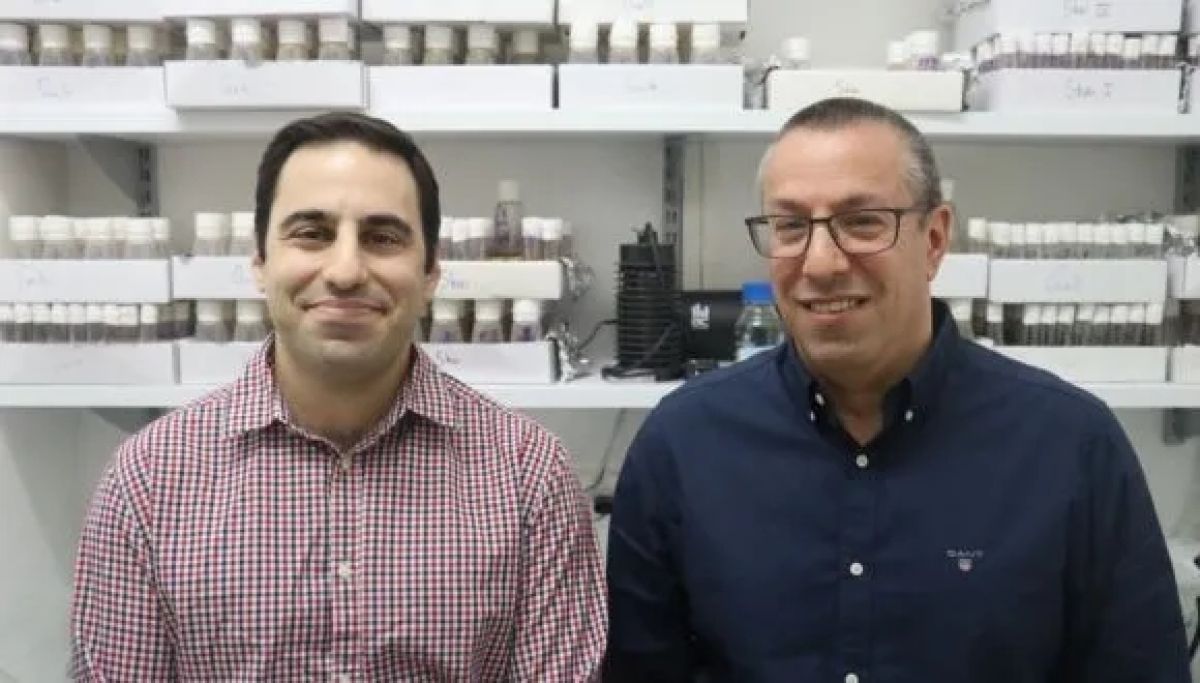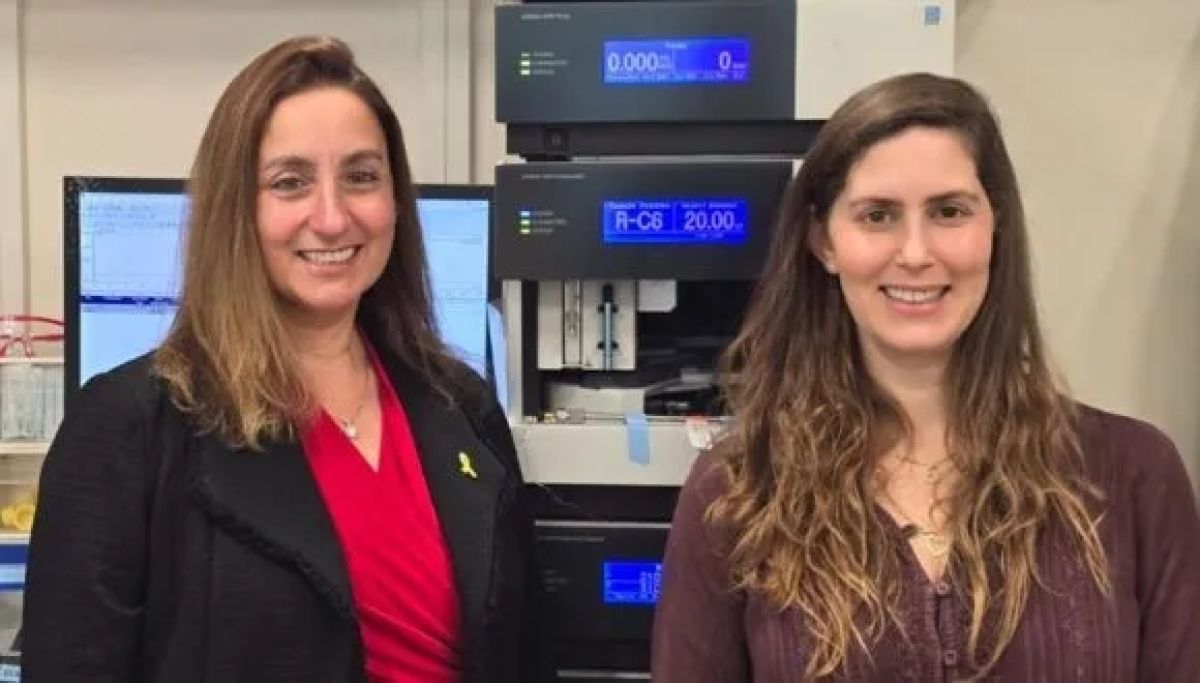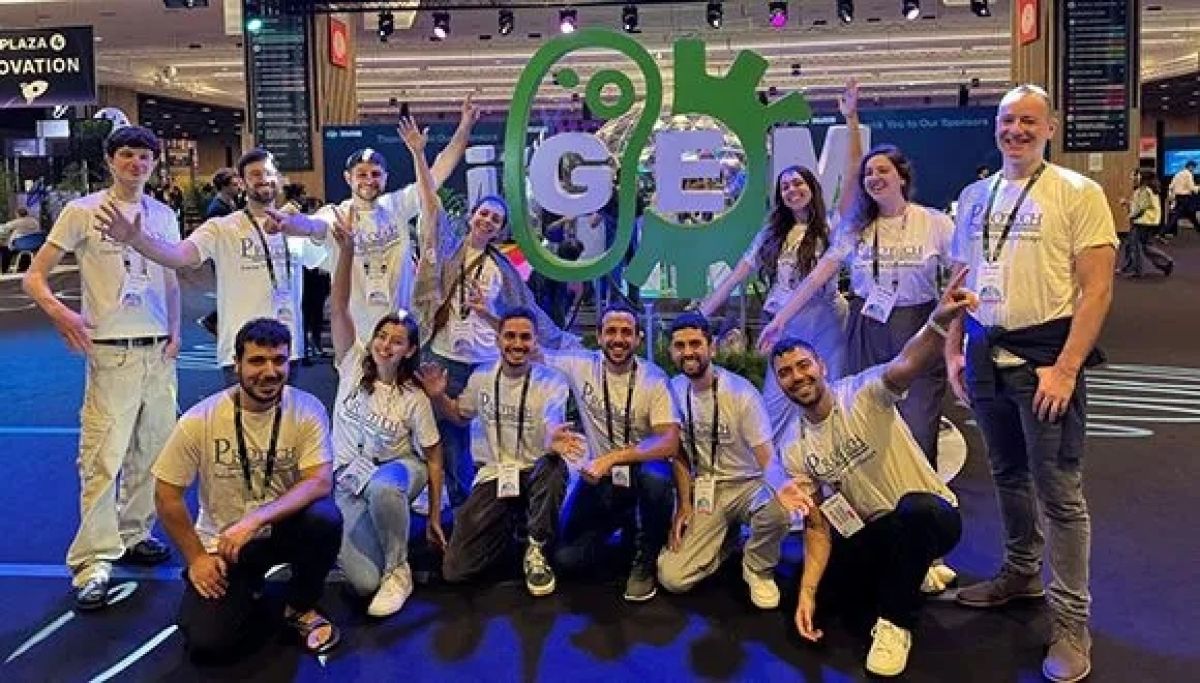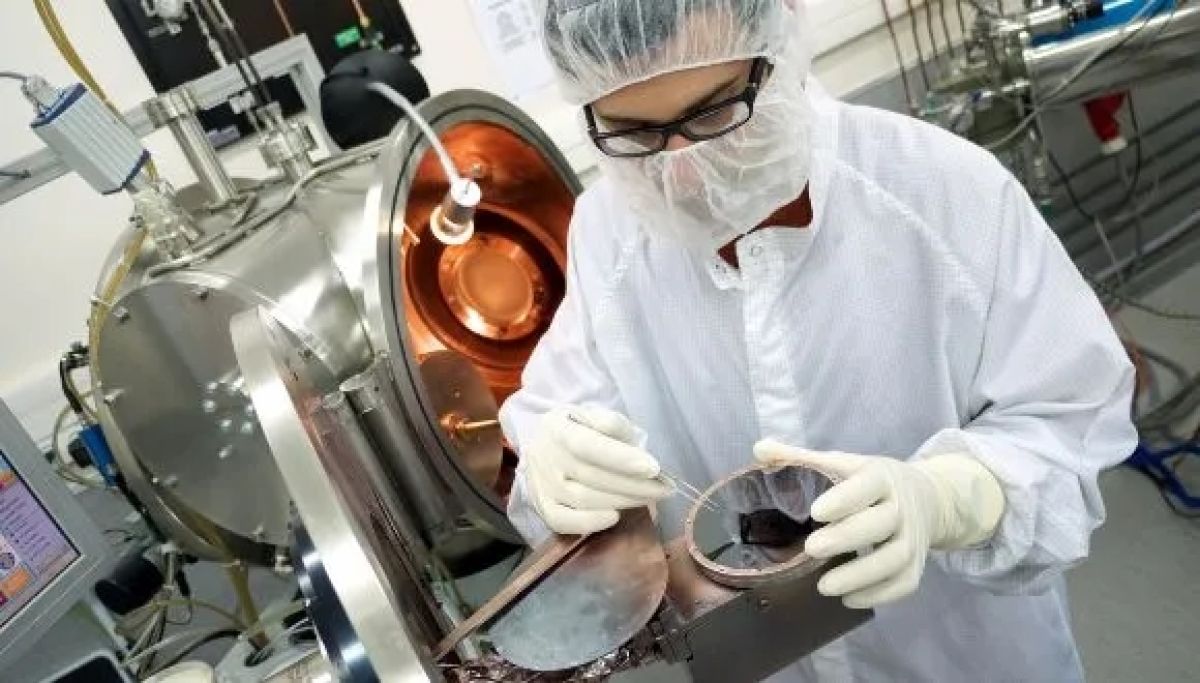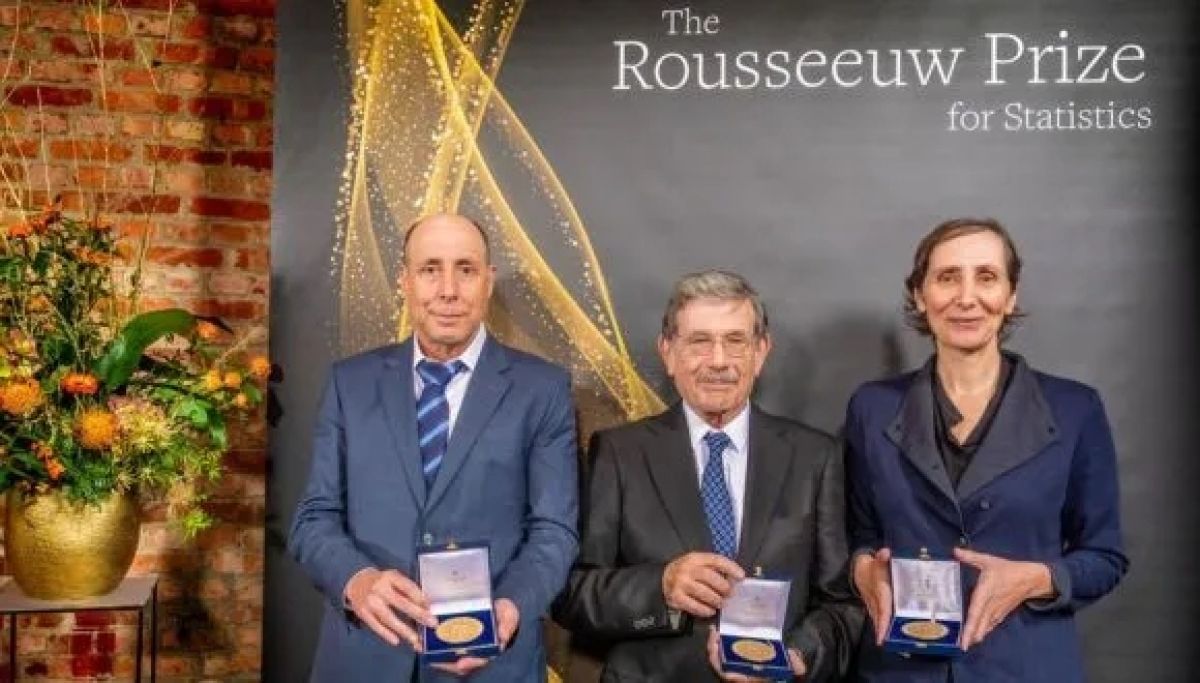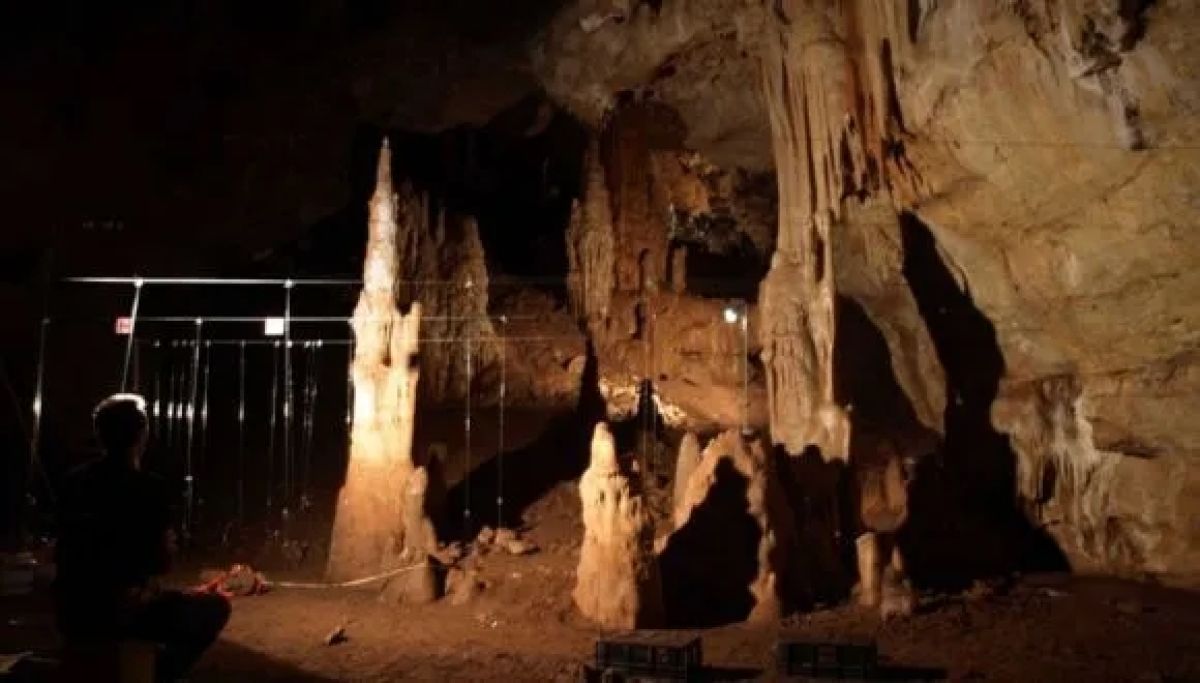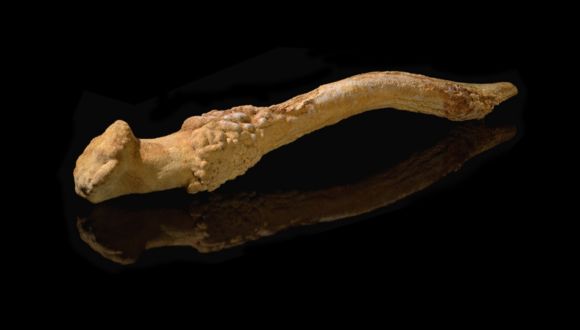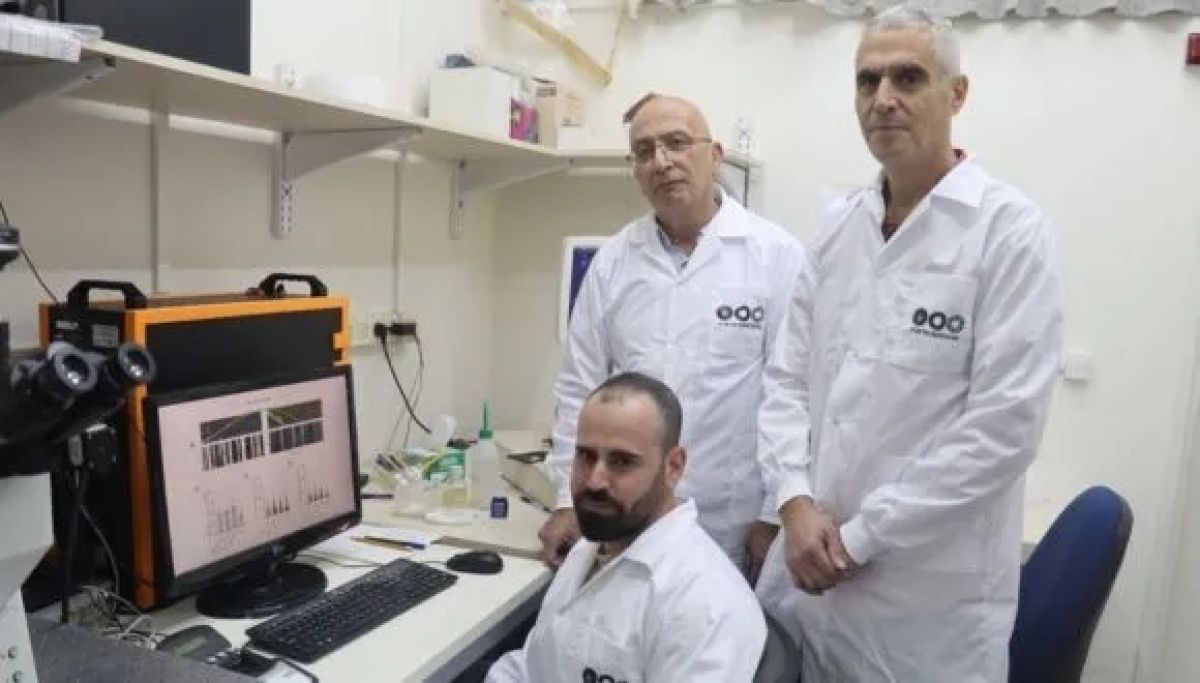What Happens When the Brain Learns Two Behaviors at Once?
TAU researchers reveal the brain resolves conflict by blocking dual learning.
A new study from Tel Aviv University could reshape our scientific understanding of how humans learn and form memories, particularly through classical and operant conditioning. The research team found that our brain engages in fierce competition between these two learning systems and that only one can prevail at any given time. If we try to learn two conflicting actions for the same situation simultaneously, the result will be confusion, making it difficult to perform either action when re-encountering the situation. In their study, the researchers demonstrated this phenomenon in fruit flies. When the flies were trained to associate a smell with a randomly delivered electric shock (classical conditioning) and also to connect their actions to the smell and shock (operant conditioning), the flies became confused and failed to exhibit a clear response to the shock.
The intriguing research was led by Prof. Moshe Parnas and PhD student Eyal Rozenfeld from the Laboratory for Neural Circuits and Olfactory Perception at Tel Aviv University’s Faculty of Medical and Health Sciences. The findings were published in the prestigious journal Science Advances.
The researchers explain that humans learn in a variety of ways. A well-known example of learning is Ivan Pavlov’s famous experiment, where a dog learns to associate the sound of a bell with food. This type of learning is called classical conditioning and involves passive associations between two stimuli. On the other hand, humans can also learn from their own actions: if a specific action produces a positive outcome, we learn to repeat it, and if it harms us, we learn to avoid it. This type of learning is called operant conditioning and involves active behavior.
Freeze or flee? Cracking the brain’s decision code
For many years, scientists believed that these types of memory work together in the brain. But what happens if the two memories dictate conflicting actions? For instance, mice can be trained to fear a certain smell using both conditioning methods, but their responses will differ depending on which method is employed. Under classical conditioning, the mice will freeze in place, while under operant conditioning, they will flee. What happens if both memories are present simultaneously? Will the mice freeze, flee, or simply continue behaving as if nothing happened?
In a unique study conducted on fruit flies (Drosophila), researchers at Tel Aviv University discovered that the brain cannot learn using both classical and operant conditioning simultaneously. The brain actively suppresses the formation of both types of memories at the same time, using this strategy to determine which behavior to execute. During the experiment, the researchers taught the flies to associate a smell with an electric shock. When classical conditioning was used flies learned to freeze when they smelled the conditioned odor. In contrast, when operant conditioning was used, flies learned to flee from the smell to avoid the electric shock. They demonstrated that the flies could not learn both lessons together and that attempts to teach both types of learning simultaneously led to no learning at all. Furthermore, they identified the brain mechanisms that prioritize one type of learning over the other.
“Our research completely changes the way we have thought for decades about how our brain learns,” explains Prof. Parnas. “You can think of the brain as engaging in a ‘mental tug-of-war’: if you focus on learning through your actions, the brain blocks the formation of automatic associations. This helps avoid confusion but also means you can’t learn two things simultaneously”.
Why multitasking makes you forget
Prof. Parnas adds: “Fruit flies have simple brains, which makes them easy to study, but their brains are surprisingly similar to those of mammals—and thus to our own. Using powerful genetic tools, the researchers gained a deep understanding of how different learning systems compete for ‘space in the brain.’ They found that the brain’s ‘navigation center’ intervenes to ensure that only one type of memory is active at any given moment, preventing clashes between the two systems. This discovery can help us understand why multitasking sometimes leads to forgetting important details”.
Eyal Rozenfeld concludes: “Not only does this discovery reshape what we know about human learning, but it could also lead to the development of new strategies for treating learning disorders. By better understanding how memories are formed in individuals with conditions like ADHD or Alzheimer’s, we might be able to create new treatments. It’s fascinating that our brain selects between different learning systems to avoid confusion—all without us even being aware of it”.

